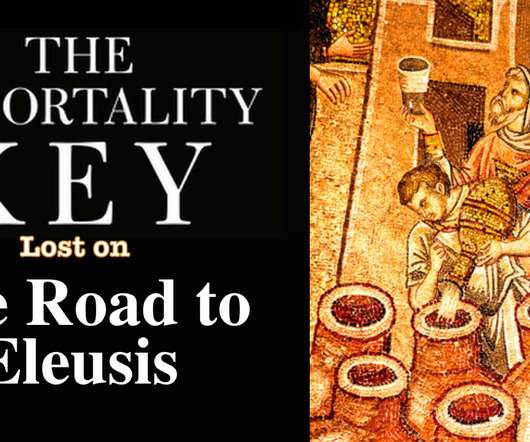Best strains and terpenes for migraine relief
The Cannigma
JANUARY 13, 2023
Based on the limited existing evidence, the best cannabis strain for migraines may be a Type II that includes both THC and CBD, and a terpene profile that includes beta-caryophyllene, myrcene, linalool, limonene, bisabolol, humulene or pinene. Edibles won’t produce the same experience, but topicals may be able to help, too.















Let's personalize your content